Houseplants With Amazing Qualities And Benefits
Indoor plants are essential components for interior landscaping of your home. Most of them are affordable and easy to maintain. They clean the air as well as positively affect people's mood. Besides the greenery and scenic beauty they provide, they have special qualities. Learn about them and see how do you benefit from them.
1. Plants that improve the air quality of your home the most
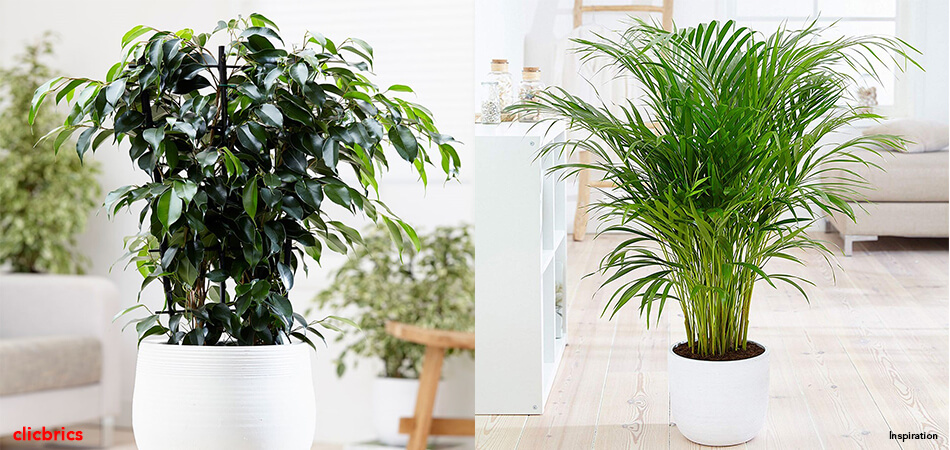
The primary motive of growing indoor plants for all is to let fresh air fill the interiors of your home, and all the plants, in fact, act as air purifiers. However, weeping fig and bamboo palm are the most beneficial for improving air quality. Choose a bright spot for weeping fig with enough space for its height and width. Plant bamboo palm in well-drained soil and avoid full sunlight exposure.
Also Read: Houseplants to Grow at Home
2. Plants that live for decades
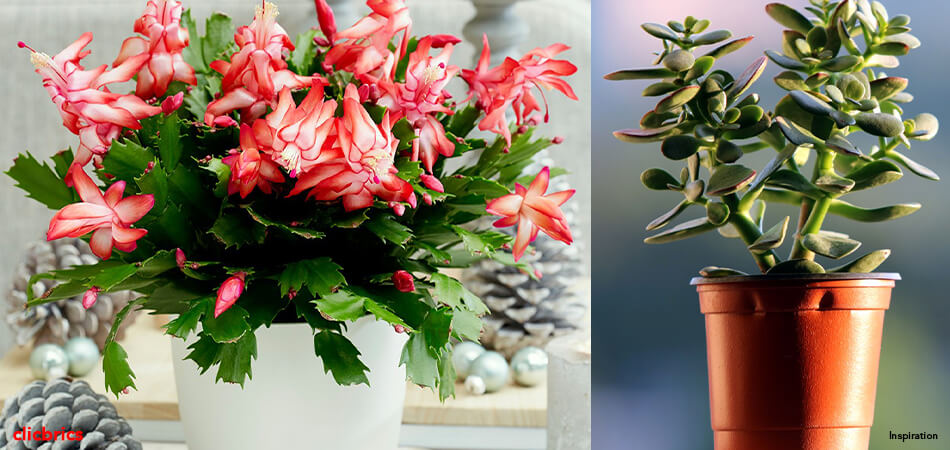
Christmas cactus grows throughout the year, but it blooms during the Christmas season. As it can live for 20 to 30 years, you can easily pass on to your children. Watering on a daily basis works well on Christmas cactus but do not overwater it. Another plant that can survive for decades is the Jade plant. This indoor plant will grow best in locations where there is plenty of natural light.
3. Low-maintenance plants for gardeners with brown thumbs
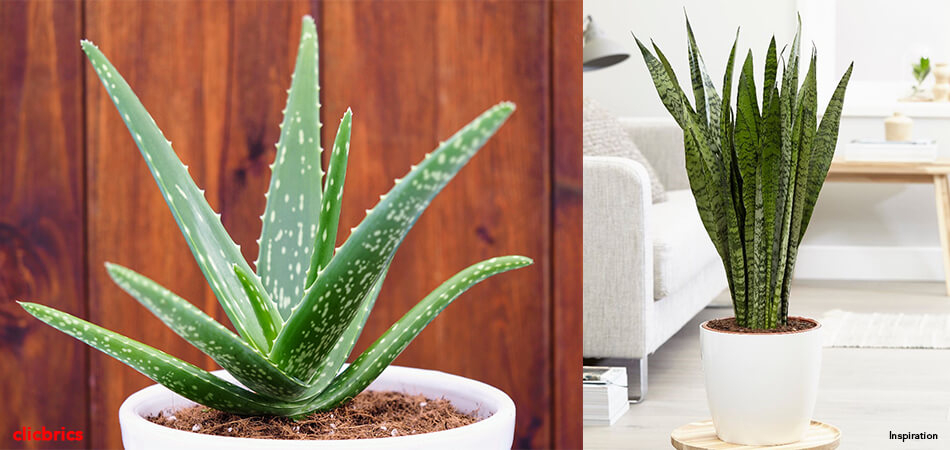
Aloe vera is popular for its medicinal properties, used on cuts, burns and skin problems. It does not need watering regularly and once in every two to three weeks is sufficient. Keep it in a warm place with plenty of light. Similarly, snake plant needs watering every two to three weeks. Also known as mother-in-law's tongue, it is the least demanding plant which survives in poor light conditions.
4. Plants that help keep the bugs out of your home
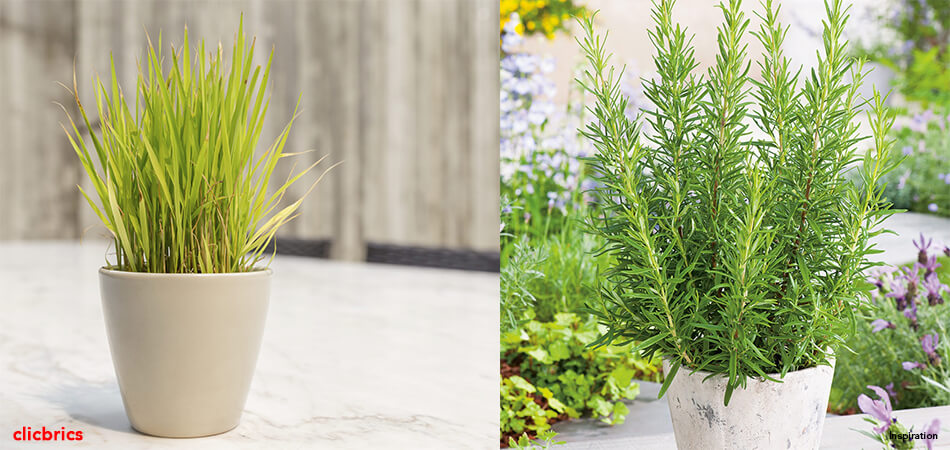
Lemongrass is widely used in dishes. The pleasant smell that we know in lemongrass is the citronella. However, the same smell annoys insects and mosquitoes. Lemongrass acts as a repellent. Rosemary too emits a pungent smell that drives away bugs. This plant, also added in dishes, cannot tolerate extremely low temperatures or high humidity. Avoid overwatering as it will lead to decaying of roots.
Also Read: Medical Plants at Home
5. Plants that thrive in dark corners of your home
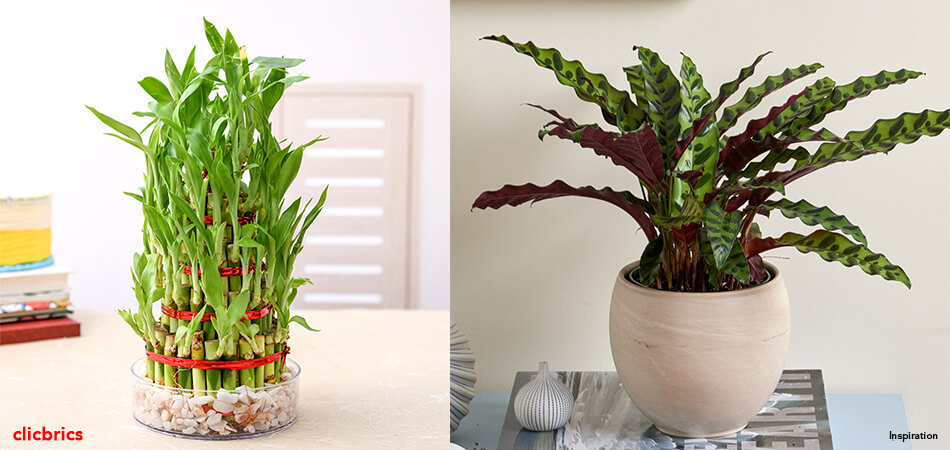
As a low-maintenance plant, Lucky Bamboo grows without soil. Placing it in distilled or purified water will be sufficient and should be kept away from direct sunlight.
The various shades of green foliage give a gorgeous look to the rattlesnake plant. It requires plenty of warmth and moisture to thrive and won't survive for long in cold areas. Direct exposure to sunlight leads to fading of leaves.
Recent Articles
View All